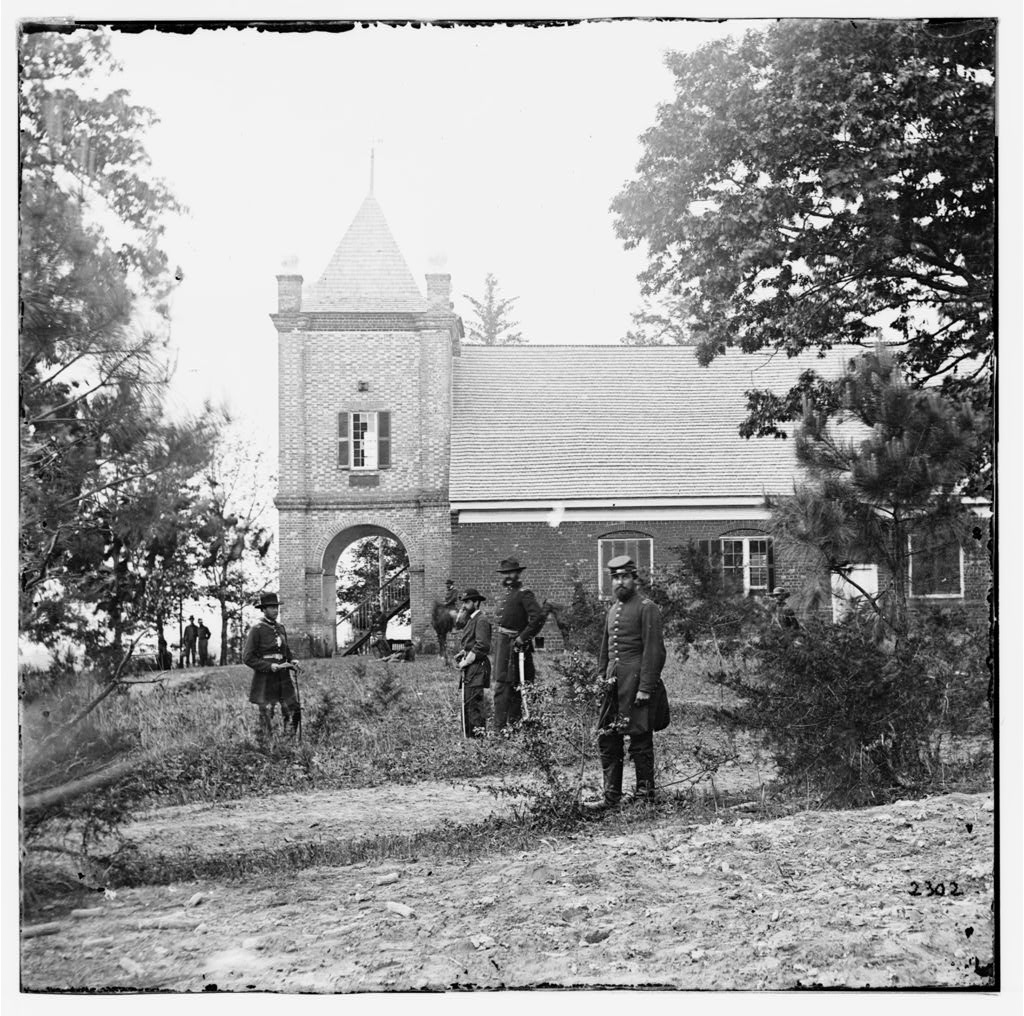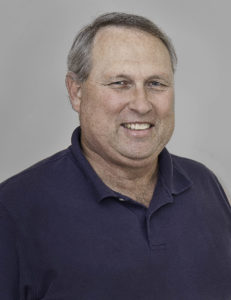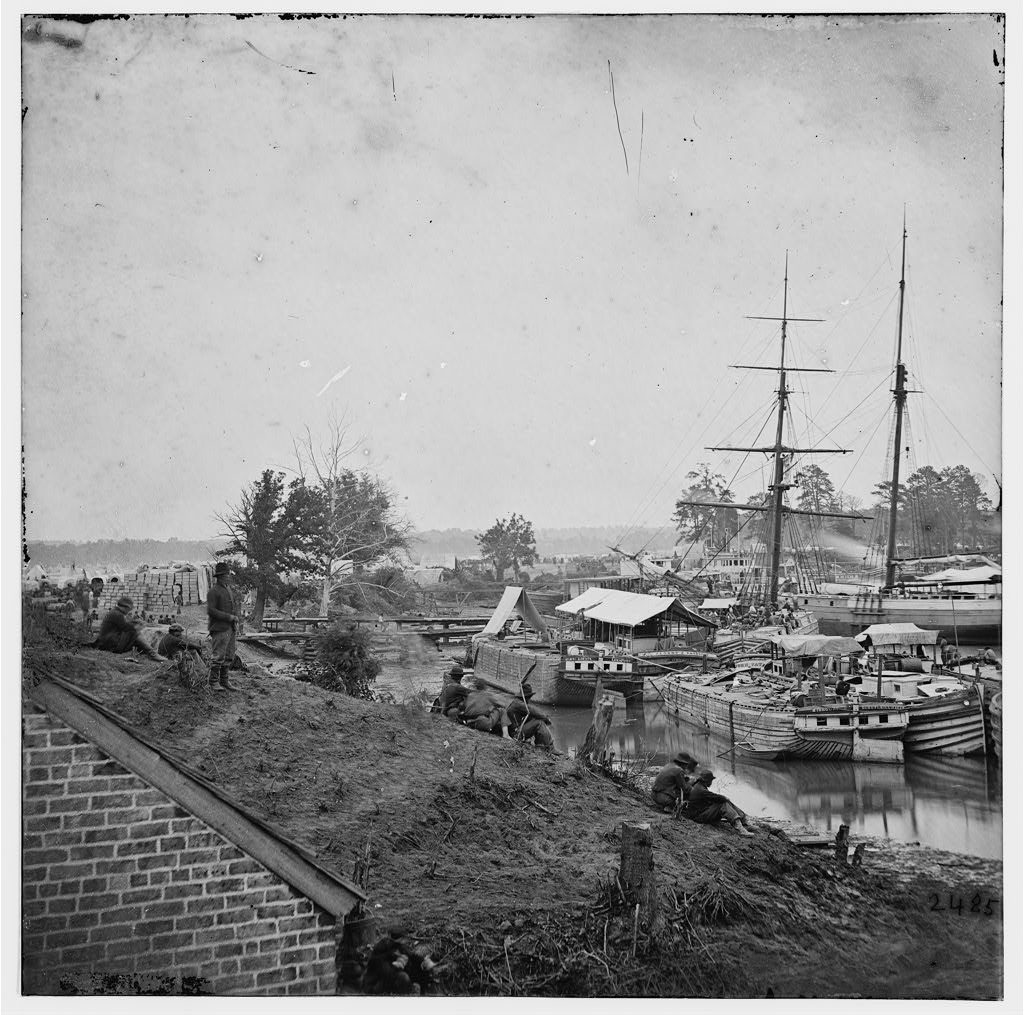
When Robert E. Lee took command of the Army of Northern Virginia in 1862, he wasn’t sure what was going on behind the lines of the Federal Army of the Potomac, under command of George McClellan. So he sent his 29-year-old cavalry chief, J.E.B. Stuart, to study McClellan’s vulnerabilities—a tour that Lee used to crush McClellan’s Peninsula campaign. BGES will be exploring this fascinating aspect of Civil War history with the upcoming tour, “Lee’s Eyes and Ears: Stuart’s Around McClellan in June 1862,”slated for September 29, 2019. We caught up with the tour leader (and BGES Executive Director) Len Riedel to ask a few questions about this daring reconnaissance mission.

BGES Blog: What is your personal interest in Stuart’s ride around McClellan?
Len Riedel: Well, being a longtime resident of the Virginia Peninsula, I did my graduate studies work on the 1862 Peninsula Campaign and the following Seven Days’ Campaign, which was the product of Stuart’s Ride. It seemed natural to look closer at Stuart and his efforts. Once I rode the route, got out, and looked, it gave me tremendous insight into the entire strategies and operations of both Lee and his opponent, George McClellan. To ride the route of Stuart is to offer insight into the differing interpretations of Lee’s first campaign in command and McClellan’s self-awareness as to his vulnerabilities.
BGES Blog: Why this tour? What do you offer that others won’t?
Len Riedel: Some people would think this is a relatively obscure topic and a shallow topic for just one day’s travel. However, I disagree. In this ride, we are going to talk about both the information that Stuart was able to glean from the positioning of the Federal troops, the manner in which McClellan was planning his operations against Richmond, and what it would mean to Lee both in terms of his primary directions to attack the Union army less than two weeks later. Indeed, this is more than a ride; it is a probing day-long analysis of the opposing sides and what would drive them to action shortly thereafter.
Knowing that this is intellectually rigorous, other groups may not have given the operation the respect the operation deserves, or they will tie it to the start of the fighting when, indeed, it was a separate operation in its own right, the very essence of how military intelligence enhances command decisions.
BGES Blog: What on-the-ground elements are you most excited to share with your tour participants in the upcoming tour?
Len Riedel: Nothing beats being on the ground where it happened. In as much as there is relatively little fighting, we will take people on the actual roads where the ride took place—some have been dramatically improved, while others still have had little more done than modern widening. I think people will gain a special appreciation for the risk and return provided by this operation, and a number of familiar names like the Telegraph Road, Hanover Tavern, White House, and Charles City Courthouse will all be illuminated. If you like the details, this meets the challenge!

BGES Blog: What do you hope BGES tours—and your tour specifically—add to the narrative of American history?
Len Riedel: I have been interested in the Civil War for some 55 years and seriously interested for more than 30 years. As I have taken people to more than 500 significant battlefields and sights, the larger picture has synthesized. I like having those detailed and “So What?” discussions. The more people involve themselves with serious students, the more understanding they arrive at, and the better teachers they become. BGES has always been a serious educational organization, and that knowledge has allowed us to really look at and learn from the past.
Recently I read Ron Chernow’s new Grant biography. Didn’t really learn a great deal new about the military Grant; there were some points that could be debated about alcoholism. But the real eye-opener was reading the 300 or so pages about Grant’s presidency, civil rights, Congressional bickering, and backbiting—so much of it looked just like what our last three presidents have all endured both in processes and in personalities. Try strapping on Charles Sumner and others of the 19th-century legislative branches. My goodness, I love studying and talking history!
I’d love to see another half dozen or so registrants. We are the day after a large tour with Wil Greene. Just adding Sunday to the longer trip will bring a high bang for your buck. Or just come along for Stuart. You won’t go away empty!
